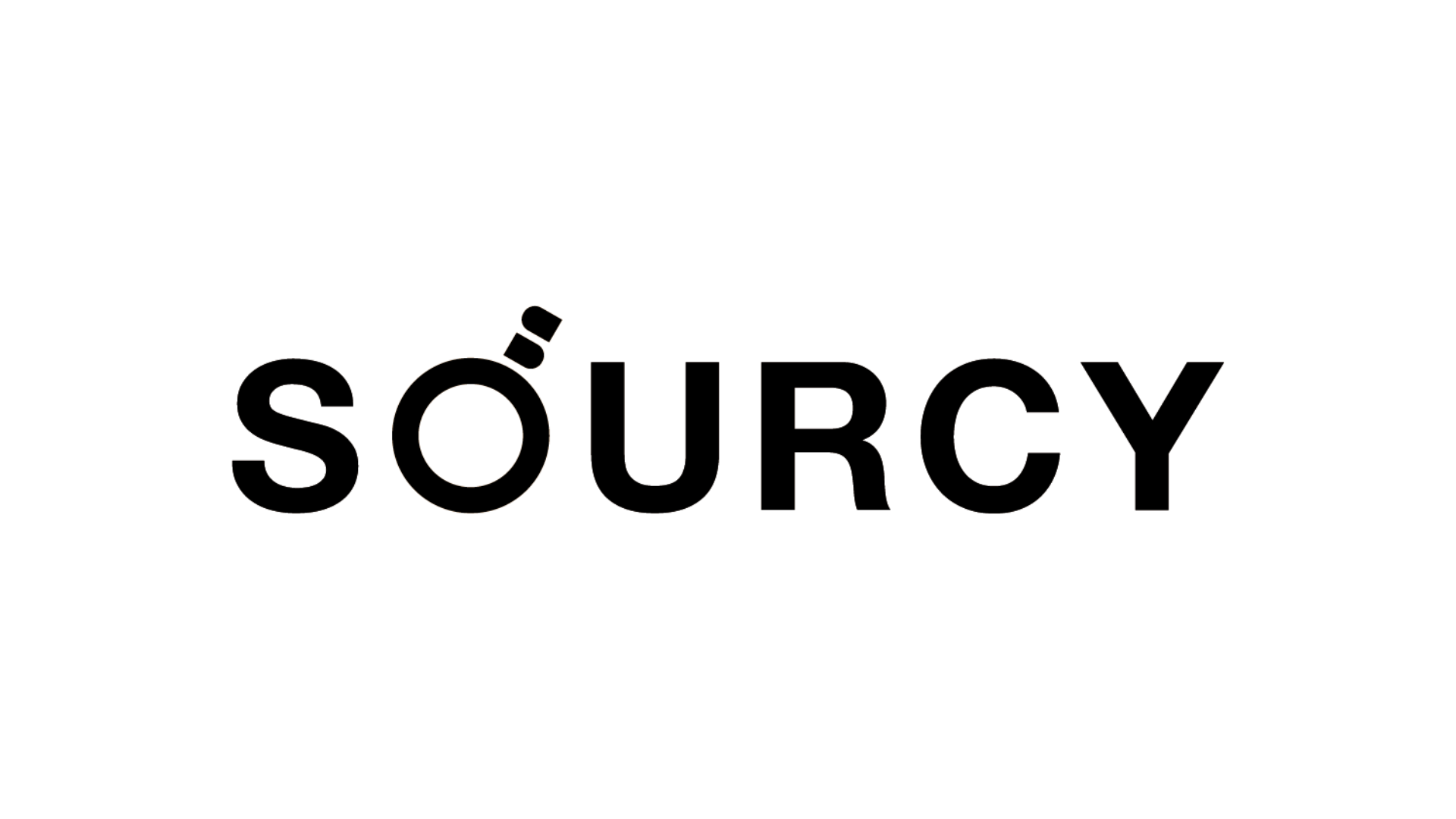Unlocking the Power of Private Labeling: A Comprehensive Guide
- Nadia Tsabitarana
- Mar 13
- 3 min read
Updated: Mar 20

Guide to Private Labeling
In today's rapidly evolving market, businesses are continually seeking innovative ways to stand out. One powerful strategy is private labeling. This blog will dive deep into private labeling, explaining what it is and how to effectively implement this business model. We will cover essential steps for launching a successful private label business, real-world examples, and the benefits it can bring to your operations.
What is Private Labeling?
Private labeling refers to the practice of sourcing products from a manufacturer and branding them under your own label. Instead of creating products from scratch, businesses can market and sell these goods, capitalizing on established supply chains and expertise.
Why Does It Matter?
Cost-Effective: By outsourcing manufacturing and logistics, businesses can significantly reduce overhead costs.
Brand Control: It gives companies control over branding, allowing them to create a unique identity in a competitive market.
Reduced Risk: You avoid the complexities of product development, focusing instead on marketing and sales.
Step-by-Step Guidance for Private Labeling
To embark on your private-label journey, here’s a simple nine-step guide:
1. Research and Identify the Product
Look for products with a lower competition and higher revenue potential.
Analyze market trends and customer demands.
2. Find a Manufacturer
Seek out reputable manufacturers who offer private labeling.
Evaluate options based on quality, pricing, and reliability.
3. Evaluate and Test the Product
Order samples to assess product quality.
Gather feedback from potential customers or focus groups.
4. Define Your Brand
Create a compelling brand identity, including a unique name and logo.
Ensure your branding resonates with your target audience.
5. Design Packaging
Invest in eye-catching packaging that distinguishes your product.
Consider both functionality and aesthetic appeal.
6. Set Competitive Pricing
Analyze competitors' pricing to determine where your product fits.
Ensure pricing covers costs while providing value to customers.
7. Develop a Marketing Strategy
Utilize various platforms, including social media and e-commerce sites, to promote your product.
Consider search engine optimization (SEO) to enhance your visibility online.
8. Launch and Distribute
Choose a launch date and execute your marketing plan.
Establish distribution channels to reach your target market effectively.
9. Gather Feedback and Adjust
Monitor sales and customer feedback to refine your product.
Be prepared to make adjustments based on market response.
Real-World Examples
Success Stories
A modern grooming and styling establishment in the Philippines with over a decade of experience, strategically sourced existing formulations from cost-effective suppliers to expand their product range. By discovering innovative hair and shaving products, they empowered their skilled barbers to offer enhanced services in-house while also retailing these products through their own shops and trusted partners. This move not only streamlined costs but also reinforced their reputation for quality and sophistication in the gentleman's grooming industry.
Read more about how we've helped out other companies by reading our case studies
Benefits and Impact
Implementing a private-label strategy can provide numerous advantages, including:
Enhanced Customer Loyalty: Unique branding fosters a strong connection with customers who seek originality.
Cost Reduction: Streamlined manufacturing and sourcing cut down expenses significantly.
Market Differentiation: Private labeling allows businesses to stand out in saturated markets by offering tailored products.
How Sourcy Can Help
Sourcy’s platform is designed to simplify the private labeling process. We help companies source products by providing access to a comprehensive database of reputable manufacturers, sourcing agents, and logistics providers. With Sourcy's robust suite of tools, you can easily connect with reliable partners, streamline your supply chain, and manage every aspect of the sourcing process with efficiency and confidence.
Private labeling offers an excellent opportunity for businesses to build unique brands, reduce costs, and capture market share. By following our outlined steps and leveraging Sourcy’s powerful platform, you can launch a successful private-label business and thrive in competitive environments.
Ready to take the plunge into private labeling? Request a product now.

Comments